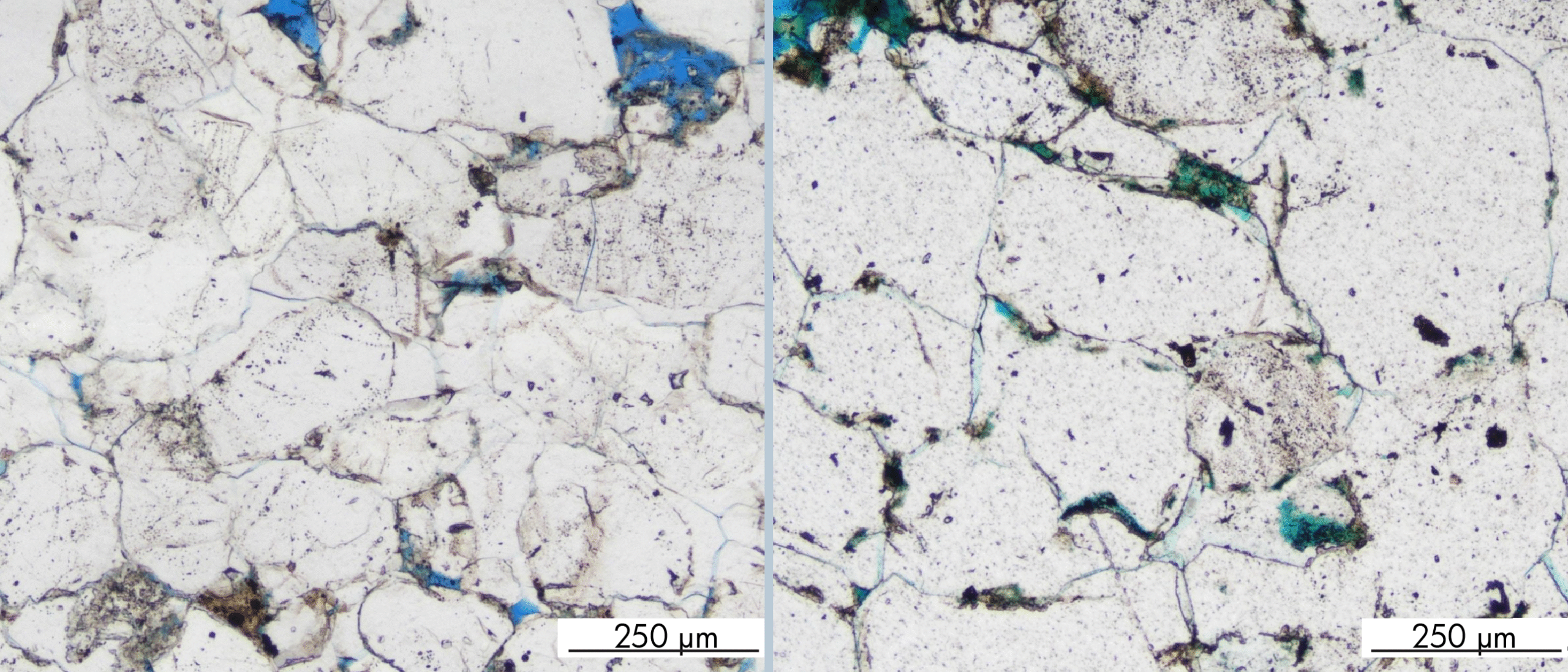Photo: The four who in 1911 were the first to reach the South Pole: Oscar Wisting, Olav Bjaaland, Sverre Hassel and Roald Amundsen. As previous claims to have arrived at the North Pole are all disputed, Amundsen and Wisting were in 1926 also most likely the first persons to reach the North Pole. Wisting, along with Amundsen, was therefore one of the two first persons who had been to both the North Pole and the South Pole.
The oil field Wisting in the Barents Sea, discovered in 2013 with 7324/8-1 (geo365.no: “La grunnlaget for oppdagelsen”), has almost one billion barrels of oil in place (981 MMbo), reports Equinor. Out of this, 478 MMbo is going to be produced through 31 years (geoexpro.com: “Wisting is growing”).
This gives a recovery rate of only 49%.
The plan means that oil will be produced in the Barents Sea well into the 2050’s.

Equinor is planning to drill altogether 37 wells, of which 20 are horizontal production wells while the rest are horizontal water injection wells. A subsea separator is planned to separate gas from liquid.
“The reservoir is highly segmented and contains oil in sandstones of Early Jurassic age in the Stø and Nordmela Formations, as well as in the Upper Triassic Fruholmen Formation,” reports norskpetroleum.no.

Wisting consists of two discoveries, Wisting Central and Hanssen, and five appraisal wells have been drilled. Illustration: OMV
“Over the years Wisting has functioned as a geophysics laboratory where the newest techniques within exploration have been used. In the Westwood report from December 2018 for NPD on “Advances in Exploration Technology and Geosciences – Past and Future on the NCS”, Wisting features several times as a case study. The main conclusion from the study was that there is no silver bullet when it comes to exploration technology, but the key is integration (read also “Integration is the key to success”). And this is exactly what OMV [operator in the exploration phases] has been doing from the beginning.”
The licensees have decided to study a seabed development and a floating circular production facility with processing, storage and oil loading in the field. Export of gas is planned to Snøhvit for injection or export to Melkøya LNG. In October 2020, Lundin Energy announced the acquisition of a 10 percent working interest in the Wisting oil discovery.
Equinor aims for a PDO before the end of 2022, to benefit from the temporary tax incentives established by the Norwegian Government in June 2020.

Suggested production profile for Wising with start-up in 2026. The map shows the Wisting accumulation to the right and the Hanssen accumulation to the left. Illustration: Equinor
The story behind the discovery
The story of Wisting started when Spring Energy (later Tullow Oil) applied for a license with a very shallow prospect, far up north in the Barents Sea in the 20th licensing round. The integration of seismic data with CSEM data was key from the start and discovery well 7324/8-1 was drilled on a seismic and CSEM anomaly. The rest of the industry couldn’t believe that oil was preserved in a reservoir just below a thin package of Cretaceous and Quaternary sediments, which had to seal off the accumulation. Besides that, biodegradation is a risk with temperatures under 50-60 degrees Celsius. The anomalies were most likely shallow gas. But the well came in as a discovery and the rest is history (read more in “Oljefunn som bestilt”).
HALFDAN CARSTENS





